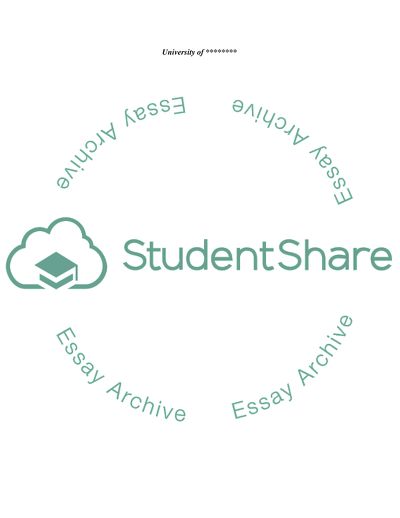Cite this document
(Douglas McGregors Theory X and Theory Y Case Study - 12, n.d.)
Douglas McGregors Theory X and Theory Y Case Study - 12. Retrieved from https://studentshare.org/human-resources/1721125-human-resource-management
Douglas McGregors Theory X and Theory Y Case Study - 12. Retrieved from https://studentshare.org/human-resources/1721125-human-resource-management
(Douglas McGregors Theory X and Theory Y Case Study - 12)
Douglas McGregors Theory X and Theory Y Case Study - 12. https://studentshare.org/human-resources/1721125-human-resource-management.
Douglas McGregors Theory X and Theory Y Case Study - 12. https://studentshare.org/human-resources/1721125-human-resource-management.
“Douglas McGregors Theory X and Theory Y Case Study - 12”. https://studentshare.org/human-resources/1721125-human-resource-management.


